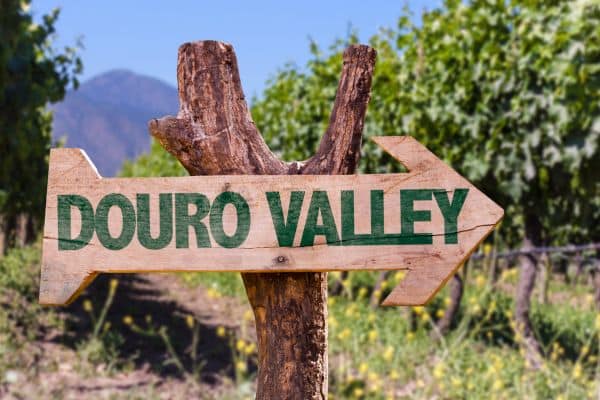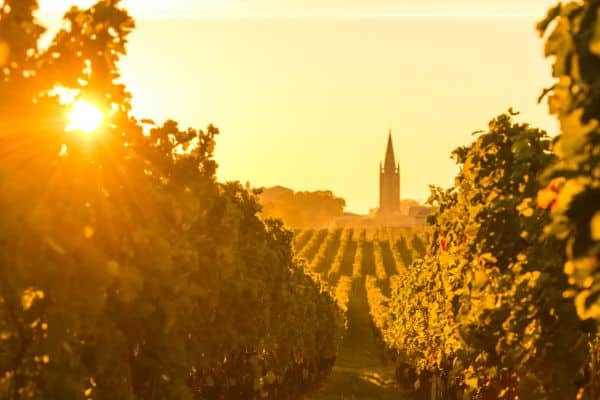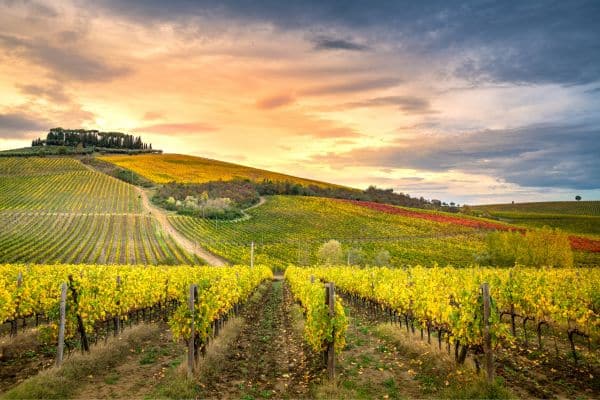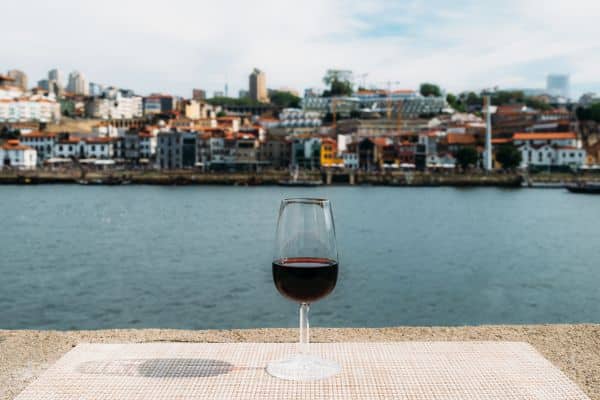Experiencing Europe’s diverse wine-producing regions is an immersive journey that takes you beyond the tasting room and into the heart of a region’s culture, history, and culinary traditions. As you savor locally produced wine, you’ll learn about the terrain, climate, and grape varieties that shape the wine’s unique character. From the Douro Valley’s world-renowned Port wine to Croatia’s lesser-known Malvazija Istarska grape, each region has its own story to tell. Join us as we sip and stroll our way through some of Europe’s finest wine regions, soaking in the picturesque scenery and local gastronomy that pairs with each glass.
The Duoro Valley

Portugal’s Douro Valley, with its rolling hills and microclimate that is ideal for growing grapes, offers the region’s most recognizable wine: Port. While known all over the world, all types of Port wine originate here. This sweet, red wine is made by adding brandy during the fermentation process, which stops the fermentation and leaves residual sugar in the wine. After aging, this fortified and sweet wine is perfect for sipping and is typically served with dessert. There is a wide variety of Port styles, ranging from Ruby Port, which is aged in large oak barrels and is characterized by its fruity flavors and bright red color, to Tawny Port, which is aged in smaller oak barrels and develops a nutty, caramel-like flavor and a lighter color. Vintage Port is the most expensive and prestigious style of Port wine, made from grapes from an exceptional harvest and aged for several years before being bottled.
Our Portugal walking tour offers the opportunity to stroll through the picture-perfect scenery with a wine-tasting and gourmet al fresco dinner in a vineyard. Learn from your expert local guide about the wine-making process as you cruise down the Douro River in a traditional Portuguese Rabelo boat, just as the casks of Port wine journeyed years before.
Bordeaux

Located in the picturesque southern region of France, Bordeaux is one of the most renowned wine regions in the world. This famous wine-producing region is actually divided into three sections, each with a slightly different flavor profile: the Left Bank, Right Bank, and Entre-Deux-Mers. Red wines from the Left Bank tend to be bold and full-bodied with a strong finish, as this area is known for its Cabernet Sauvignon-based wines. The Right Bank offers wines that tend to be softer and medium-bodied with a smooth finish, typically with Merlot-based wines. White wines and rosés arise from Entre-Deux-Mers and are crisp and refreshing with notes of citrus.
Cabernet Sauvignon is the most popular grape variety grown in Bordeaux, and typically in the Right Bank. Known for its small, thick-skinned berries that produce bold and complex wines, it is often blended with other grape varieties to add depth and structure to the wine. Home to many fine vineyards, beautiful stretches of scenery, and rich gastronomy, Bordeaux is one of the top wine destinations to explore while traveling abroad. Join our Bordeaux and Dordogne walking tour to experience the best of this region, on foot and at eye level with an expert local guide.
Chianti

Imagine visiting Tuscany and immersing yourself in a landscape of rolling hills and charming hilltop towns….with a glass of red wine in your hand. The beautiful scenery of central Italy is famous for its red wine production, especially in the Chianti Classico region, which is located between the cities of Florence and Siena. Known for its Sangiovese grape, which is the dominant grape grown in the Chianti region, this medium to full-bodied grape is characterized by its high acidity and tannins. With flavors of sour cherry, plum, and herbal notes, these wines are typically aged for at least 12 months in oak barrels to create a robust flavor profile. The wines of Chianti Classico (which need to be comprised of at least 75% of Sangiovese grapes) are characterized by their ruby red color and rich flavor that are enjoyed around the world.
Sip and stroll through the vineyards of Tuscany & Cinque Terre on our cultural walking tour. In the company of an expert local guide, you’ll follow a footpath in the lovely Chianti hills to a vineyard walk that ends with a home-cooked lunch and wine tasting in the private cellars of Castello della Paneretta.
Sicily

Italy’s famed island of Sicily has a long and rich history, with evidence of grape cultivation dating back over 4,000 years. Growing a diverse range of grape varieties, including Nero d’Avola and Catarratto, the most famous Sicilian wine is Marsala. This fortified wine is made from a blend of local grape varieties and is often used for cooking. Produced in the western part of the island it’s known for its rich, amber color and complex flavors of dried fruit, nuts, and caramel.
Mt. Etna is the famous backdrop of the island and the wine produced on or near it benefits from the volcanic soil and high altitude of the region. This results in wines that are minerally, complex, and rich in flavor due to the volcanic soil. Their red wines in particular are known for their bright fruit flavors, subtle smokiness, and firm tannins. Visitors to Sicily will enjoy the rugged coastlines, rolling hills, and ancient ruins. Join us as we explore this enchanting Italian island on our Sicily walking tour, including a hike and picnic on the famed Mt. Etna.
Istria

Croatia has a wonderfully unique climate for growing grapes, with its warm Mediterranean sunshine and crisp mountain air from the Alps, which gives the wines here an extra touch of acidity. Its popular native grape, the Malvazija Istarska, is a white grape that produces refreshing, aromatic wines with notes of citrus and stone fruit. Croatia’s Istrian Peninsula also utilizes its three distinct soils to enrich its wines resulting in distinct flavor profiles (and gaining them popularity points on the world wine stage). The influence of the taste and structure of the wine depends on the red, gray, or white soil it was grown in. Wines grown in red soil tend to be rich and full-bodied, with high levels of acidity, while those grown in gray soil have more minerals and earthy flavors. Wines grown in the region’s white soil are typically lighter and more delicate with floral or fruity notes. In addition to Malvazija Istarska, Istria’s wine also includes red varieties such as Teran and Refosco.
Travelers who visit Istria can expect to be delighted by the wine and by the stunning landscapes, which range from rolling hills of vineyards to dramatic coastlines with crystal clear water. With its rich history and charming medieval towns, Croatia beckons visitors from around the world. Join us on foot and at eye level as we immerse ourselves in the culture of the Istrian Peninsula on our walking tour.





